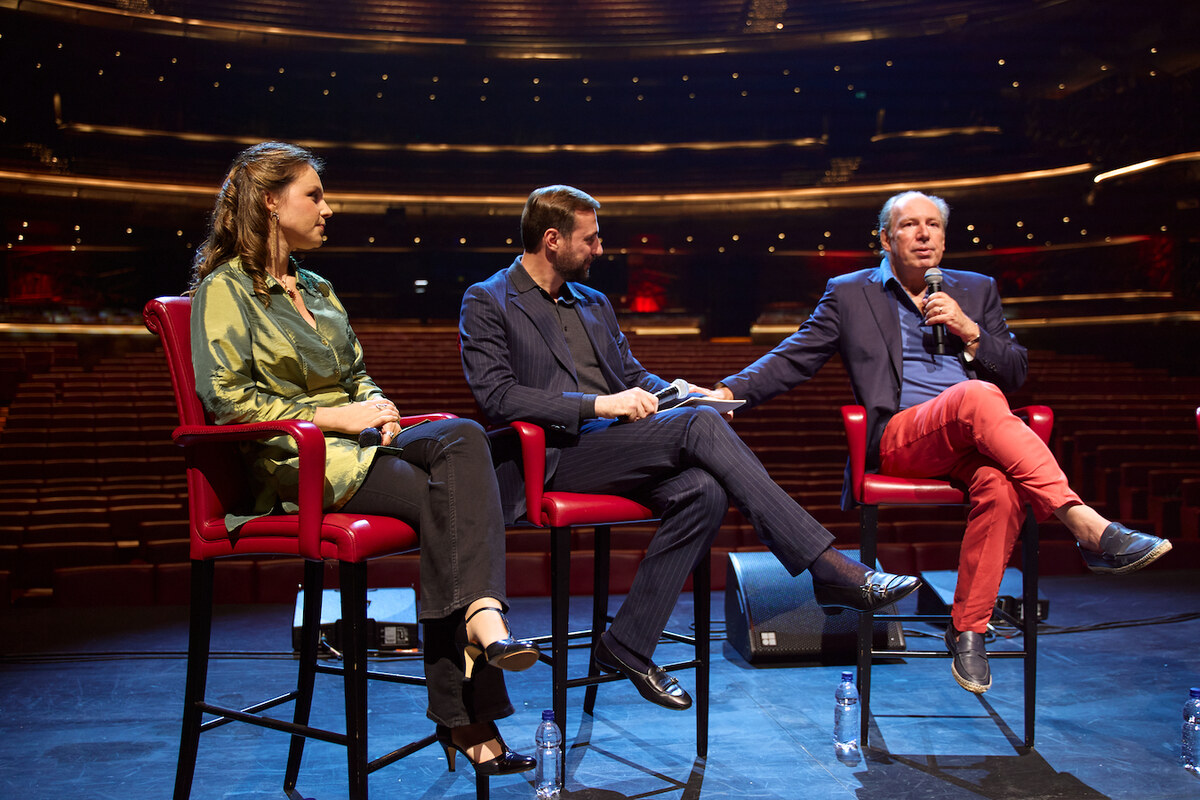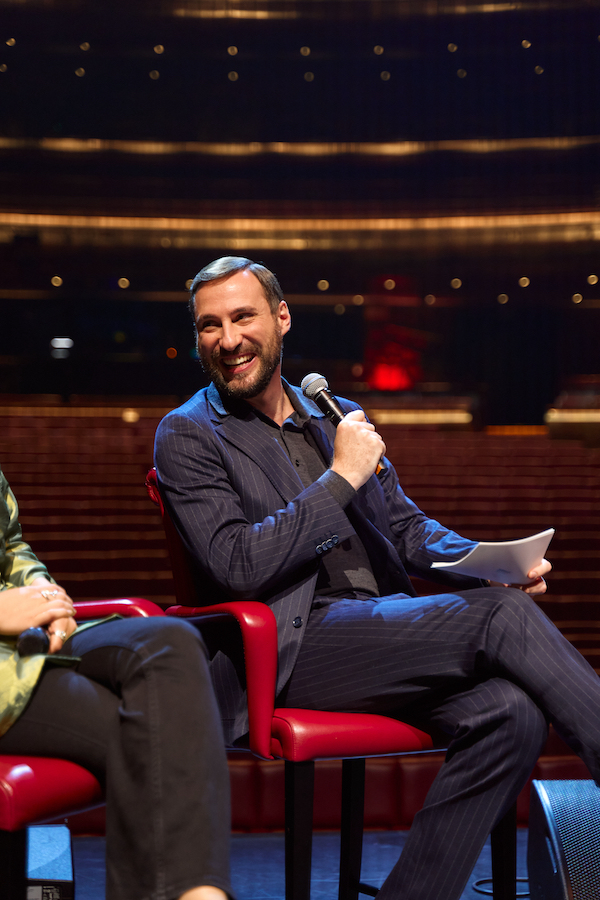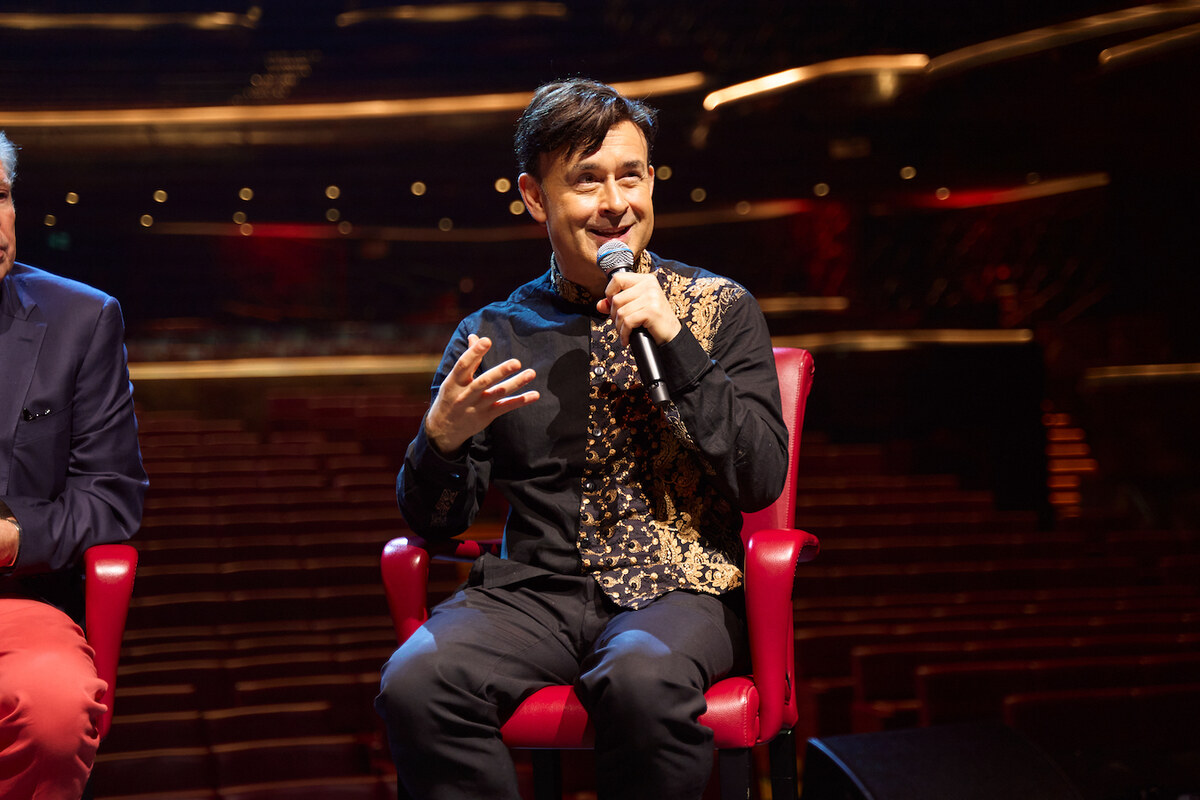LONDON: There’s something wonderfully nostalgic about the opening minutes of “Beverly Hills Cop: Axel F,” as Eddie Murphy’s Axel Foley drives through his beloved Detroit on his way to a Red Wings game. Only, of course, Foley isn’t there to watch hockey — he’s actually there to catch a group of bad guys in his inimitable, maverick-cop fashion, racking up a huge property damage bill and getting chewed out by his beleaguered captain in the process. All the elements that made 1984’s “Beverly Hills Cop” such a hit are here: Glenn Frey’s “The Heat is On,” the familiar strains of “Axel F” by Harold Faltermeyer, Murphy’s improv-ish bluster, and some carefully choreographed set pieces. As the old saying goes, “If it ain’t broke, don’t fix it.”
It's advice that Australian director Mark Molloy (making his feature debut here) takes to heart. This fourth installment in the “Beverly Hills Cop” franchise leans heavily on its past — returning alongside Murphy are Judge Reinhold (as Billy), John Ashton (Taggart), Paul Reiser (Jeffrey) and Bronson Pinchot (Serge). And yes, it’s a blast seeing all these guys back together. Joining the cast are Joseph Gordon-Levitt as by-the-book cop Bobby Abbot, Kevin Bacon as Beverly Hills captain Cade Grant, and Taylour Paige as Jane, Foley’s estranged daughter, who finds herself targeted by a group of corrupt cops (the reason for Foley’s return to Los Angeles early in the movie).
Molloy does at least throw in some more up-to-date, high-octane action scenes (unfortunately complete with some shonky CGI), and hits Foley with a flurry of more-modern California stereotypes to poke fun at. Even Abbot makes fun of Foley’s outdated alpha-male approach to solving crimes, throwing in a joke about 1994’s poorly received “Beverly Hills Cop III” not being his finest hour. It’s standard, fish-out-of-water fare, brought up to date with a 2024 budget and a script that’s not afraid to make fun of itself.
Sadly, as 2021’s “Coming 2 America” proved, simply refreshing a tried-and-tested Eddie Murphy comedy staple doesn’t automatically make it good — or even particularly funny. So, while it’s entertaining to see familiar characters riff on each other’s grey hairs and failing bodies, there’s little of the zing and zip that made the original “Beverly Hills Cop” so captivating. Instead, it makes for a glossy, unnecessary, retread. Maybe, if it ain’t broke, leave it alone entirely.





















